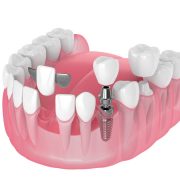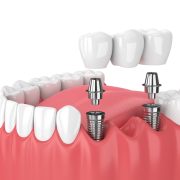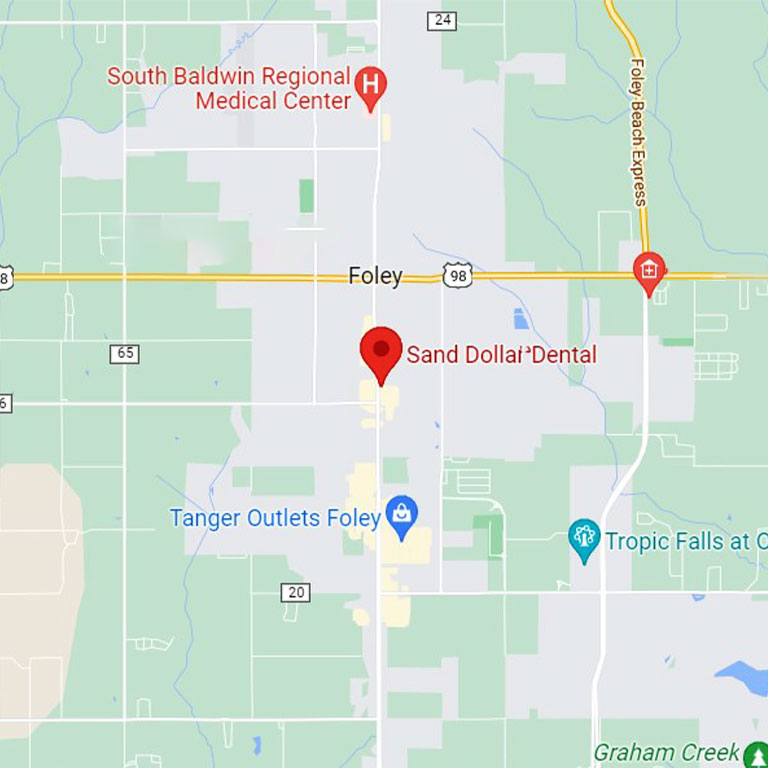What Type of Dental Bridge Is Right for You?
Have you lost a tooth due to an injury or decay? Or are you having any removed? When you have missing teeth, replacing them with a dental bridge helps restore functionality and a more natural appearance. At Sand Dollar Dental, our dentists in Foley, AL, offer different types of dental bridges. Let’s take a quick look at each and when they might be the right option for you!
Should You Get a Traditional Bridge?
Many people choose this kind of bridge. These fixed bridges have a replacement tooth and a crown on the teeth next to the gap. This setup holds the bridge securely, making it a long-lasting option.
Is a Cantilever Bridge Your Best Option?
Do you have one tooth next to a gap rather than two? In this case, we might recommend a cantilever bridge. This bridge has a replacement tooth and a crown on the adjacent tooth.
Is a Maryland Dental Bridge the Right Choice?
Are you missing your front teeth? A Maryland dental bridge makes a great option for these situations. This type has wings instead of crowns to hold the bridge in place.
Should You Consider an Implant-Supported Dental Bridge?
Do you have healthy jawbone? You may want to think about getting a bridge with dental implants that go inside the bone as anchors. These implants hold a dental bridge in place to create a durable, long-lasting restoration.
Set Up an Appointment for a Dental Bridge!
Ready to replace one or more teeth? Whether you’ve lost teeth or need any extracted, we offer dental bridges in Foley, AL, to replace them with a durable structure. Our dentists at Sand Dollar Dental can decide which type works best for your teeth!









